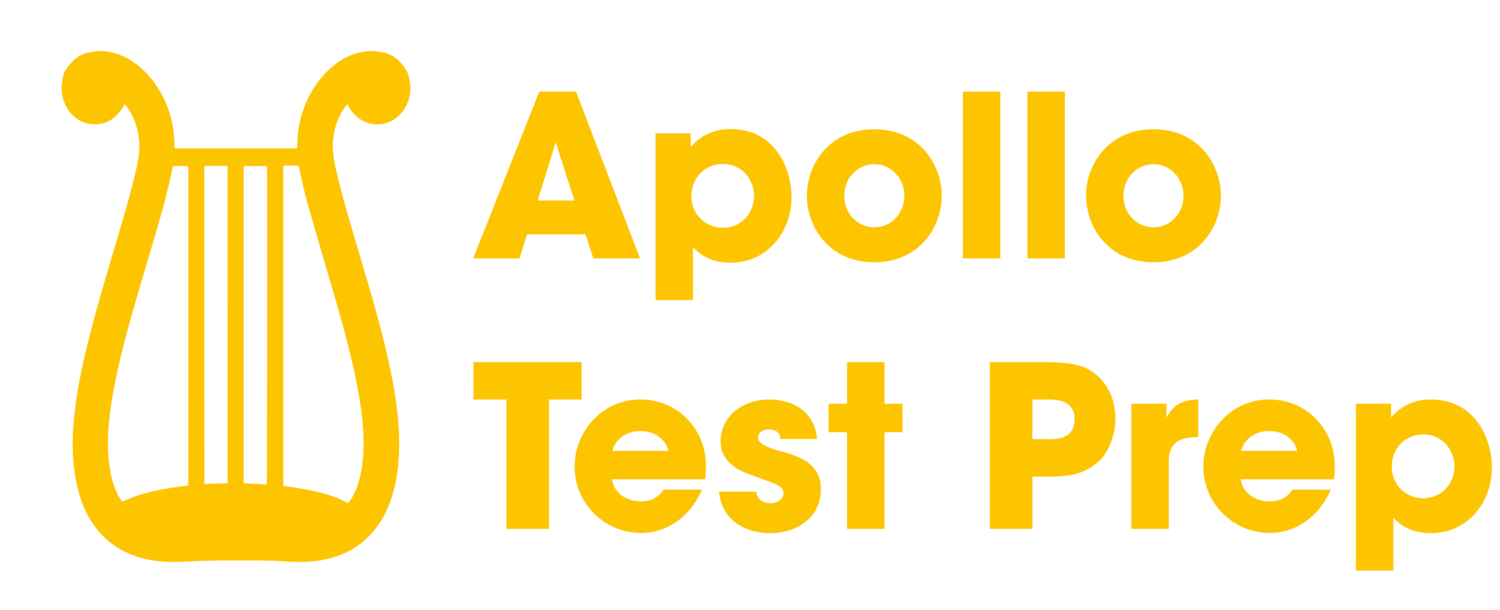LSAT Explanation PT 40, S1, Q20: Evidence suggests that we can manufacture
LSAT Question Stem
The flawed reasoning in the argument above is most similar to that in which one of the following?
Logical Reasoning Question Type
This is a Parallel Flaw question.
Correct Answer
The correct answer to this question is D.
LSAT Question Complete Explanation
First, let's analyze the argument in the passage. The argument states that since we can manufacture a car with twice the fuel efficiency of a normal car and produce a car that meets safety standards for side-impact crashes, we can make a car that does both. The structure of the argument can be broken down into two premises and a conclusion:
Premise 1: We can manufacture a car with twice the fuel efficiency of a normal car.
Premise 2: We can produce a car that meets safety standards for side-impact crashes.
Conclusion: We can make a car that does both.
The argument's reasoning is flawed because it assumes that achieving both goals simultaneously is possible just because each goal can be achieved independently. To make this more understandable, consider a simple example: If you can bake a cake and also make a sandwich, it doesn't necessarily mean you can bake a cake-sandwich.
An "Evaluate" question for this argument could be: "Is it possible to achieve both fuel efficiency and side-impact crash safety standards in the same car?"
Now, let's examine the answer choices. The question type is a Parallel Flaw question, asking us to identify an answer choice that contains a similar flawed reasoning as the argument in the passage.
a) This answer choice deals with absolutes and certainty, whereas the passage deals with possibilities. Therefore, it does not parallel the flawed reasoning in the passage.
b) The conclusion in this answer choice is causal, while the passage's conclusion is not. Thus, it does not parallel the flawed reasoning in the passage.
c) The conclusion in this answer choice is absolute, while the passage's conclusion deals with possibilities. Therefore, it does not parallel the flawed reasoning in the passage.
d) This answer choice presents two independent possibilities (writing a best-selling novel and writing a novel that appeals to critics) and concludes that it is possible to do both simultaneously. This parallels the flawed reasoning in the passage, making it the correct answer choice.
e) The conclusion in this answer choice contains a prediction about the future, while the passage's conclusion deals with possibilities. Thus, it does not parallel the flawed reasoning in the passage.
